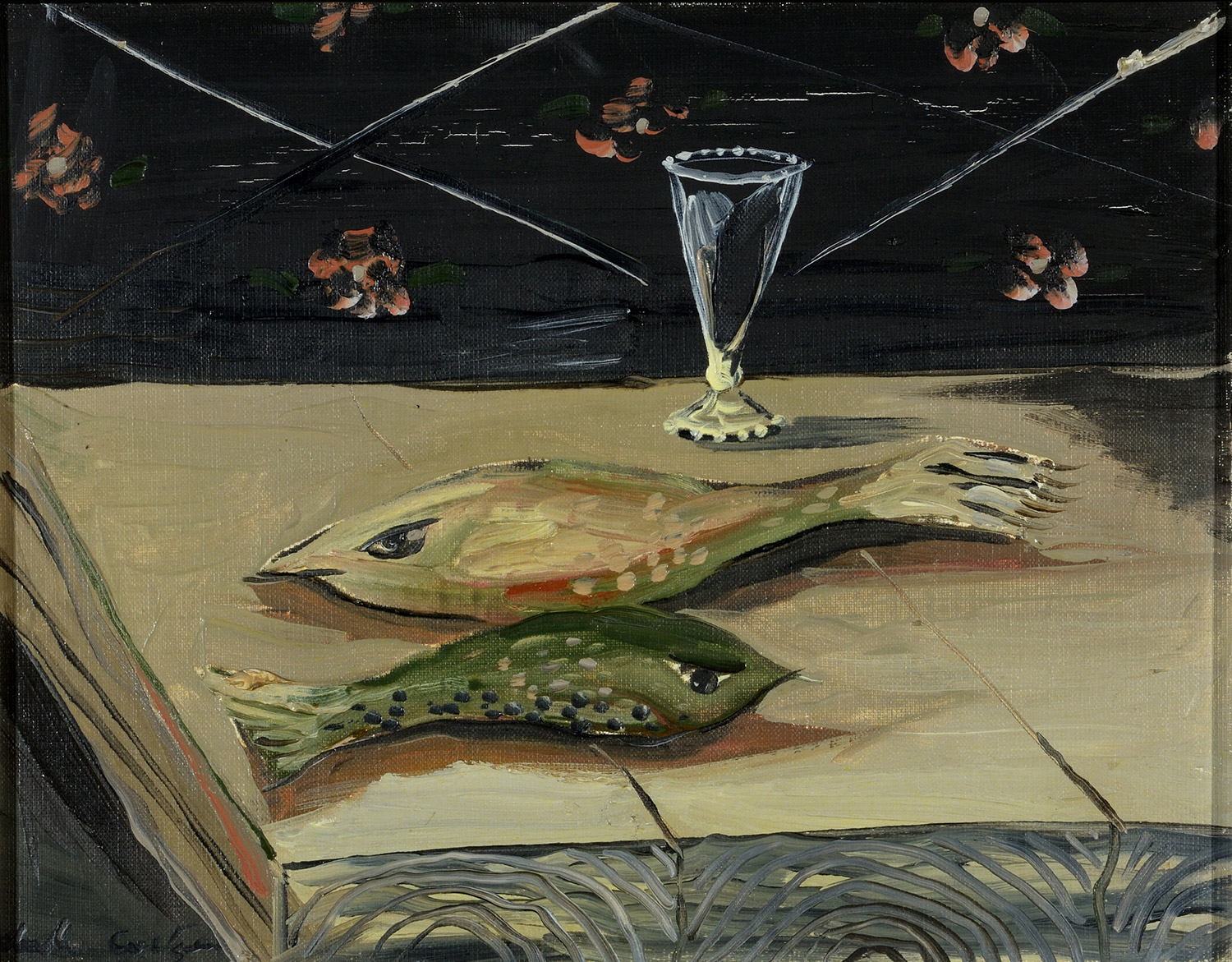Christo COETZEE (1929 – 2001)
BIOGRAPHY
Christo Coetzee was born in Johannesburg and grew up in Turffontein, where often spent his evenings making mud-sculptures in the garden after the five-o’clock rains. During his childhood, he built a miniature theatre complete with furniture and a grand piano.
Coetzee attended Wits University from 1947 to 1950, where he befriended Cecil Skotnes, Esmé Berman and Gordon Vorster, among others; met Alexis Preller; and visited the studio of JH Pierneef.
He left South Africa for the United Kingdom in the early 1950s and, from 1954 onwards, regularly presented his work at solo and group exhibitions at famous venues in London, Milan, Paris, Japan and, from 1965, in South Africa and Spain.
Coetzee spent several years in Paris in the 1950s, working in collaboration with the Galerie Stadler, under the guidance of French art critic Michel Tapié de Ceyleran.
The late 1950s found him in Japan, studying with the Gutai group of post WWII avant-garde artists.
After a brief sojourn in Spain, Coetzee returned to South Africa in 1969. He is most famous for slashing his canvases during the opening of an exhibition in Cape Town in 1975 and then subsequently reassembling the pieces. This process of destruction and recreation was consistent throughout most of Coetzee’s oeuvre, and was largely a result of his contact with Michel Tapié (who was, in turn, inspired by Nietzsche and Bataille), as well as the time he spent with the Gutai group in Japan.
Two retrospective exhibitions of Coetzee’s works were held at the Pretoria Art Museum (in 1965 and 1983). He was awarded a medal of honour from the Akademie vir Wetenskap en Kuns that same year. A third retrospective took place at the University of Stellenbosch on his seventieth birthday, and was accompanied by a book illustrating his work.
Coetzee died in Tulbagh at the age of 71.


